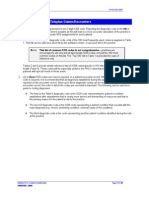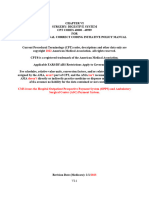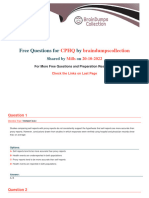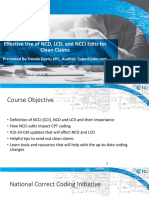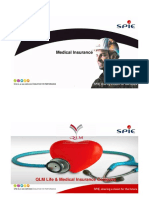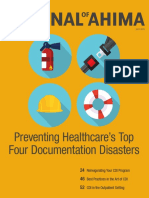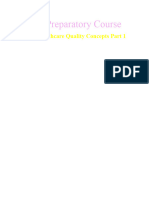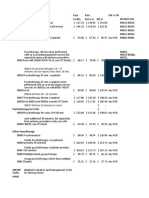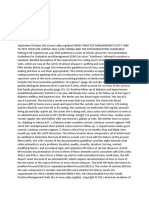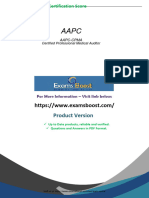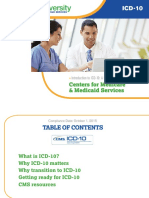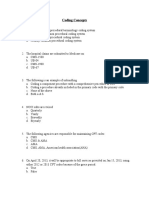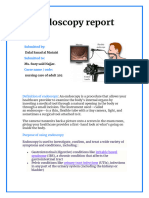100% found this document useful (1 vote)
82 views23 pagesCoding Presentation - Medical
This gives idea about the requirements of the health authority as well as the issues related to poor/incomplete documentation.
Uploaded by
fusbakhateebCopyright
© © All Rights Reserved
We take content rights seriously. If you suspect this is your content, claim it here.
Available Formats
Download as PPTX, PDF, TXT or read online on Scribd
100% found this document useful (1 vote)
82 views23 pagesCoding Presentation - Medical
This gives idea about the requirements of the health authority as well as the issues related to poor/incomplete documentation.
Uploaded by
fusbakhateebCopyright
© © All Rights Reserved
We take content rights seriously. If you suspect this is your content, claim it here.
Available Formats
Download as PPTX, PDF, TXT or read online on Scribd
/ 23



